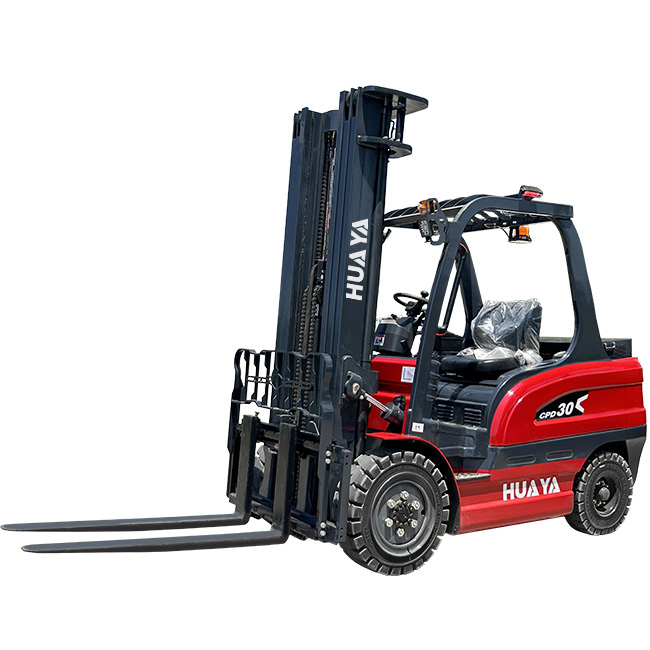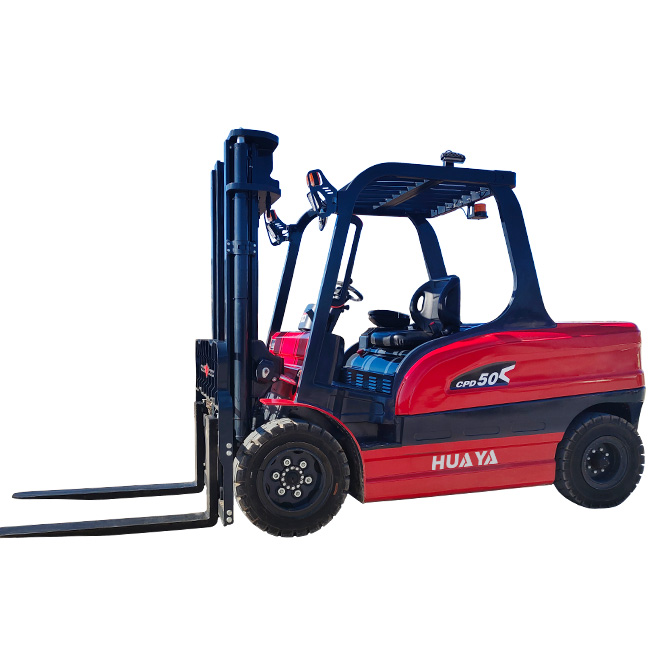How many horsepower is an electric forklift motor?
08 Aug 2025
So, you’re curious—just how many horsepower is an electric forklift motor pack under its (invisible) hood? Let’s unpack that question, clear up some confusion, and get into the nitty-gritty of what matters—without getting bogged down in jargon. I’m gonna break it down in a way that’s easy to digest, informed, and yes, a smidge conversational.
What the Heck Is Horsepower Anyway?
Okay, so first things first: horsepower is a unit of power. You know, how we measure how much work an engine—or in this case, a motor—can crank out. One horsepower roughly equals 746 watts. Simple math, that means if your electric forklift motor is rated at, say, 5,000 watts, you’re looking at about 6.7 HP. Got it? Good.
Electric Forklifts vs. Internal Combustion Counterparts
Here’s the fun part: electric forklifts often outperform their internal combustion (IC) twins in torque—especially right off the line. But here’s the thing: their actual horsepower ratings can sometimes seem lower. That’s because electric systems deliver power more efficiently, and you don’t need massive horsepower to carry out heavy lifting tasks.
Typical Horsepower Ratings—It Varies, Folks
Now, it’s not a one-size-fits-all deal. Electric forklifts span a range of horsepower from size to heavy-duty:
Light-Duty Models (say, 3,000 to 4,000 lb capacity): These often sport motors in the 5 to 10 HP range.
Mid-Size Workhorses (about 5,000 to 8,000 lb capacity): Here, you might find motors hitting the 10 to 20 HP zone.
Heavy-Duty Beasts (9,000 lb capacity and above): These can pack 20-30 HP—or sometimes more—if they’re built to haul and hustle.
Why You Shouldn’t Just Go by Horsepower
Bet you’re thinking, “Alright, I’ll just cue the forklift with the biggest HP rating.” Not so fast. Here’s the scoop:
Torque Wins the Race: It’s often the low-end grunt that gets the load moving—not how many HP you’ve got.
Battery Life Matters: Bigger motors = more energy consumption. That could mean shorter shifts, more downtime, and rapid recharges.
Efficiency Is Queen: Electric motors reach peak torque almost instantly—and don’t waste power idling the way combustion engines do.
Size, Specs, and Why It All Depends
So, what’s behind the horsepower tag? It’s a smorgasbord of considerations:
Load Capacity: A 4,000 lb helpmate doesn’t need the same grunt as a 10,000 lb lifter.
Duty Cycle: Are we talking occasional lifts or continuous, day-long hustle?
Travel Speed: The faster you go (especially with a load), the more power you’ll need.
Terrain and Working Conditions: Want to climb a mild ramp while loaded? That’ll require extra oomph.
Real World Example—Keeping It Practical
Let’s imagine a mid-size, 6,000 lb capacity electric forklift. The motor might flex around 15 HP—plenty to lift, move, and handle most warehouse tasks, and still sip energy efficiently. Feel like you’re getting more? Trust me, with the way electric motors deliver power, you’ll barely notice the difference in raw HP.
There you have it—horsepower on an electric forklift motor explained without the boredom. Let me know if you’d like to dig deeper into torque comparisons, battery impact, or how to pick the perfect model for your warehouse setup.



